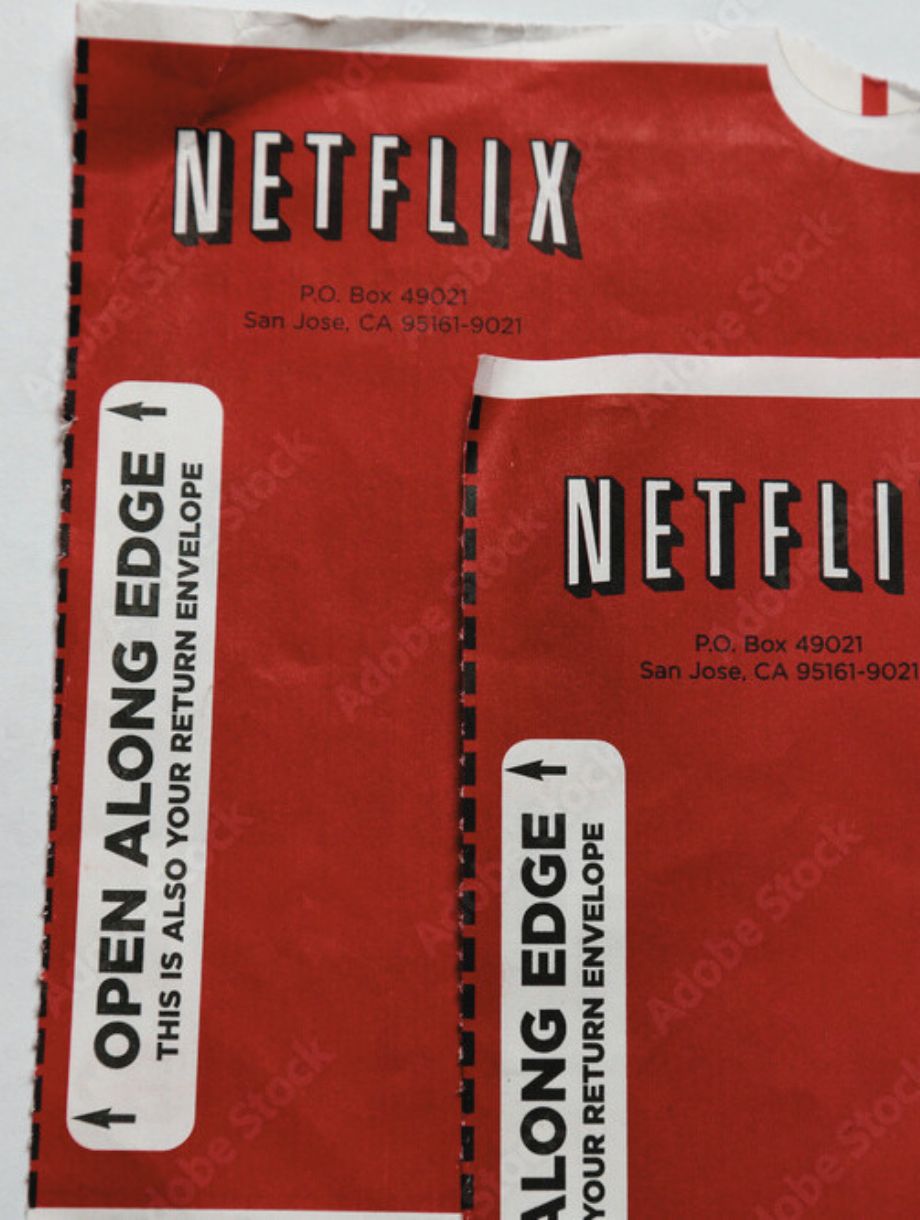

.png)


UNDERSTANDING DISRUPTIVE INNOVATION IN BUSINESS
Disruptive innovation is a transformative concept in the business world where entrepreneurs with fewer resources successfully challenge established industry giants. This type of innovation typically starts by targeting overlooked or underserved segments of the market, offering products or services that are simpler, more affordable, or more convenient. Initially, these new entrants may seem inconsequential to larger companies, but over time, they improve their offerings and gradually capture more significant market share.
As these newcomers refine their products and services, they begin to attract mainstream customers who were previously loyal to established companies. This can result in significant shifts in the market landscape, upending traditional business models and forcing established players to adapt or risk becoming obsolete. The impact of disruptive innovation has been seen across various industries, from technology and retail to healthcare and finance, fundamentally changing how businesses operate and compete.
Key Characteristics of Disruptive Innovation
- Targeting Underserved Markets: Disruptive innovations initially focus on low-end or niche markets, which are often overlooked by established players. These markets may offer less profit initially but hold significant potential for growth and development.
- Simpler and Cheaper Solutions: Disruptive innovations provide products or services that are more accessible or affordable compared to existing options. These solutions may start with limited features but gradually improve, making them attractive to a broader audience.
- Gradual Market Penetration: Disruptive innovations slowly gain market share by consistently improving product quality and capabilities. This gradual penetration allows innovators to refine their offerings based on customer feedback and shifting market demands.
- Mainstream Adoption: Over time, disruptive innovations attract the broader market, often displacing established players who fail to adapt. This mainstream adoption can lead to significant shifts in the industry landscape, as new standards and technologies emerge.
Netflix - A Success Story in Disruptive Innovation
Background
Netflix was founded in 1997 by Reed Hastings and Marc Randolph, initially offering a DVD rental service by mail. The company sought to challenge traditional video rental stores with an innovative business model that would later revolutionize the entertainment industry. What began as a convenient alternative to brick-and-mortar rental stores evolved into a powerhouse in the digital streaming sector. Netflix's journey from a humble DVD rental service to a global streaming giant is a testament to its adaptability and forward-thinking strategies.
Initial Strategy
- Targeting Convenience and Affordability: Netflix's initial growth strategy focused on addressing the inconvenience associated with traditional video rental stores. Customers often faced limited selections and the hassle of returning rentals to avoid late fees. By offering a vast selection of DVDs delivered directly to customers' homes, Netflix eliminated the need for physical store visits. This model not only provided convenience but also broadened access to a wide array of movies and TV shows, appealing to a niche market at that time.
- Subscription Model: Unlike traditional video rental outlets such as Blockbuster, which charged customers per rental with due dates and late fees, Netflix introduced a subscription-based model. This model allowed customers to rent multiple DVDs at a time with no due dates or late fees, for a fixed monthly fee. This approach contrasted sharply with the pay-per-rental model and provided a more customer-friendly experience, promoting higher user retention.
Evolution and Growth
- Transition to Streaming: In 2007, a pivotal shift occurred when Netflix began offering streaming services. Initially supplementary to its DVD rental service, streaming allowed users to watch content instantly without waiting for postal deliveries. As broadband internet became more widespread, streaming quickly overpowered DVD rentals, transforming Netflix's core business model. The convenience and immediacy of streaming met the growing demand for on-demand entertainment.
- Investment in Original Content: By 2013, Netflix took another bold step by investing in original content production. Starting with the political drama "House of Cards," Netflix aimed to offer exclusive content that could not be found on traditional cable or satellite TV. This venture into original programming not only attracted new subscribers but also established Netflix as a creative force in the entertainment industry. The success of "House of Cards" paved the way for a plethora of original series and films that further distinguished Netflix from its competitors.
Impact on the Market
- Disruption of Traditional Video Rental: The rise of Netflix's streaming service contributed to the decline of traditional video rental stores. Blockbuster, once the dominant player in the industry, struggled to adapt to the digital landscape and ultimately declared bankruptcy in 2010. Netflix's innovative approach fundamentally changed how audiences accessed and consumed media.
- Cable and Satellite TV Decline: Netflix's on-demand, ad-free, and subscription-based model led to a significant decline in traditional cable and satellite TV subscriptions. This shift, often referred to as "cord-cutting," saw viewers abandoning traditional TV packages in favor of more flexible streaming options. Netflix's expansive content library and user-friendly interface played a substantial role in this market transformation.
Strategic Advantages
- Technology and Data Analytics: A key component of Netflix's success is its effective use of technology and data analytics. By analyzing viewer data, Netflix gains insights into user preferences and viewing patterns. This information not only helps in personalizing recommendations but also guides content creation and acquisition decisions, ensuring that the platform offers shows and movies that resonate with its audience.
- Global Expansion: Recognizing the potential for global reach, Netflix embarked on an international expansion strategy. By 2016, Netflix had extended its services to over 190 countries, significantly broadening its subscriber base. This global presence allowed Netflix to tap into diverse markets and cater to a variety of cultural tastes, making it a truly international entertainment provider.
- User-Centric Approach: Netflix's focus on a user-centric approach has been central to its growth. By continuously expanding its content library and offering a wide range of genres, Netflix ensures there is something for everyone. This dedication to meeting diverse viewer preferences has driven high levels of user engagement and loyalty, further solidifying its market position.
Challenges and Adaptation
- Competitive Landscape: As the streaming market evolved, Netflix faced increasing competition from other streaming services like Amazon Prime, Hulu, Disney+, and HBO Max. These platforms offered their own exclusive content and posed significant challenges to Netflix's dominance. To stay ahead, Netflix had to continuously innovate and enhance its content offerings.
- Content Licensing and Production Costs: Producing original content and acquiring licensing rights for popular shows and movies involves substantial financial investment. Netflix had to manage these high costs while maintaining profitability. The company's ability to produce high-quality, compelling original content became a critical factor in retaining subscribers.
- Market Saturation: With the streaming market maturing, Netflix encountered the risk of market saturation. To combat this, Netflix consistently sought new ways to innovate, such as exploring interactive content and expanding into new genres. Ongoing efforts to enhance the user experience and introduce fresh content helped Netflix stay competitive and relevant.
Through strategic foresight, technological innovation, and a relentless focus on user satisfaction, Netflix has not only disrupted traditional entertainment models but also set new standards for the industry. Its evolution from a mail-based DVD rental service to a global streaming leader exemplifies the power of adaptation and innovation in achieving long-term success.
Conclusion
Netflix exemplifies disruptive innovation by initially targeting a niche market with a more convenient and affordable service, revolutionizing how people consume entertainment. The company started with DVD rentals by mail, providing an alternative to traditional video rental stores. As technology advanced, Netflix embraced streaming, making content accessible anytime, anywhere. By continuously innovating and adapting, Netflix reshaped the entertainment industry, moving from licensing existing content to producing original shows and movies. The company's strategic focus on customer experience, cutting-edge technology, and high-quality original content production enabled it to disrupt established players, such as Blockbuster, and dominate the streaming market globally. Netflix's journey from a small startup to a global entertainment giant underscores the power of innovation and adaptability in achieving success.


.png)
.png)

